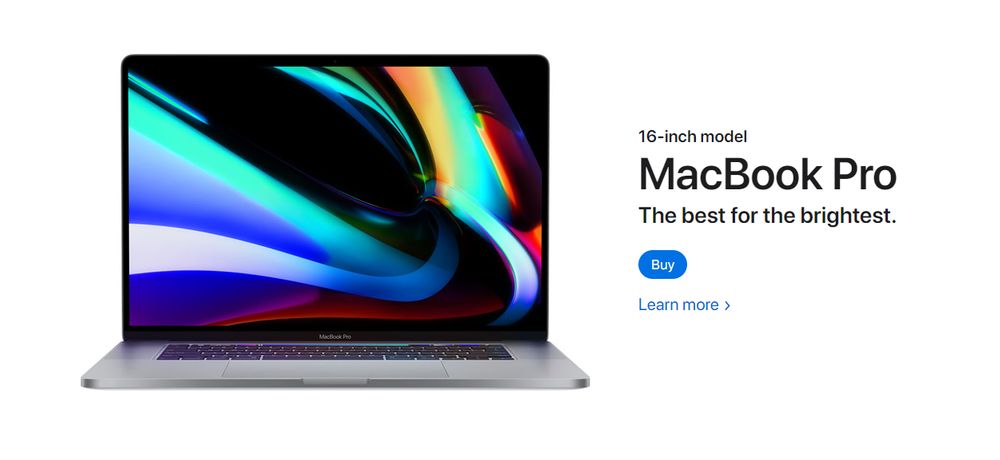9 Elements of an Alluring Brand Identity
Brand and Brand Identity are used interchangeably, but these are two different things. A brand is what other people perceive about your company and is intangible. It’s the psychological connection of your product with its consumers. On the other hand, brand identity consists of visual representations to complete your brand image.
While most people think that working on the brand identity is the sole responsibility of a graphic designer, marketers and business owners play a huge role in completing this task. And that’s why we all must know the elements in creating a powerful brand identity.
In this post, we’ll talk more about brand identity and the elements you need to factor in. But before we go down further, take note that brand identity is essential to attract new customers, and to ensure that the current ones will remain loyal as they feel that connection with your brand. Your brand identity should be designed to communicate your brand’s overall objective and message clearly.
1. Establishing the Brand Objective

When working on your brand identity, the first step you have to work on is identifying your brand’s purpose. Why did you start it in the first place? What difference would you like to create with your brand? Ideally, your brand purpose should be over the top and exceptionally inspiring.
What’s good about establishing your objective is that it is not just for designing your brand identity, but it also gives direction in terms of marketing your product or services. Here is a good sample of a brand objective from Dove.
“Create a world where beauty is a source of confidence, not anxiety.”
From that alone, you will notice that all their visuals and marketing have a similar theme to empower women. It makes it easier to conceptualize brand identity if you have a definite brand objective.
2. Positioning the Brand

Another crucial element for creating a brand identity is positioning. This is where you need to develop your Unique Selling Proposition. It answers the question, what makes you different from your competitors? How do consumers connect with your brand?
Let’s have Apple as an example of proper brand positioning. Even at the onset, they have established that their products are sleek, smart, and innovative. It sends a message that if you are an Apple user, you also bear the same qualities.
3. Understanding the Market
So we’re already done working on your brand objective and positioning. The next step is to further understand your market. Please take note that understanding your market can take a lot of time, as this entails research and understanding of their psychology and behavior.
The most effective approach to know what’s on their mind is to talk to them. Focused Group Discussions or FGDs are encouraged whenever possible. Give out surveys and be observant of the brands they use. See what’s the common denominator, and from there, figure out how you can use it for your own brand identity.
4. Adding Personality
To strengthen your brand identity, we recommend that you think about a personality suited for your brand. This is a fun process as you only have to answer this. “If your brand is a person, who could that be?” You can think of celebrities or come up with a fictional character that will embody your brand.
- Is it a 25-year-old fearless female who loves to explore the world?
- Is it a 35-year-old male who just got married and enjoying the corporate life?
- Or is it a 75-year-old lady who loves to bake and knit sweaters?
This can also help in designing your brand identity as you can pattern your visuals and marketing tools from what could be appealing to your brand’s personality.
5. Persuasive Logo

Many people think that logo is the entirety of your brand identity. But it’s just a part of it. Nevertheless, it plays a huge role in your company.
When choosing a design for your logo, it should have a positive recall. Aside from that, it should trigger the right set of emotions. For example, you want your brand identity to be fun. Ensure that your logo will show the same. One good example is the logo of Instagram. From a rustic design, they changed it to something more applicable to their market.
6. Appropriate Typography

As you continue with your brand identity, you must choose the right typography. Believe it or not, the right fonts can affect emotions too. Let’s further discuss this through an example.
Imagine if this font is used for Holidays or for other joyous celebrations. You wouldn’t feel the same emotions, would you? The same goes for your brand identity. The typography on your logo, taglines, websites, and advertisements should be consistent with what you would like your brand to convey.
7. Shapes

The next element that you should cover when building your brand identity is choosing the right shapes. Each shape sends a unique message. Thus, you need to use it wisely. Let’s briefly explain what each shape demonstrates.
- Rectangle shows that your brand is trustworthy, upright, and logical
- Triangle means power and fearlessness
- Circle shows friendliness or security
Pepsi used the technique in its logo, where they highlighted their company culture as fun and friendly.
8. Right Colors
Having the right colors is also essential for your brand identity. But you don’t have to stick to just one. In fact, you can use multiple colors and be able to send a more precise message to your target market.
You can use color psychology as a guide. Color psychology has helped many graphic designers and marketers to ensure that their designs or any visual representation are consistent with their brand’s objective, positioning, and personality.
- Blue shows trust and dependability
- Green symbolizes health and growth
- Purple highlights creativity and wisdom
- Yellow signifies warmth and optimism
9. Supplemental Images and Icons

And lastly, your brand identity’s success relies on your consistency. And that is why you need to use the same color, shapes, and typography even on the smallest icons that you use for your company.
Get some inspiration from Yahoo! They used the same color and style throughout their services, including Yahoomail. So even if you just see the envelope, you would instantly identify that the service or product comes from the same company.









